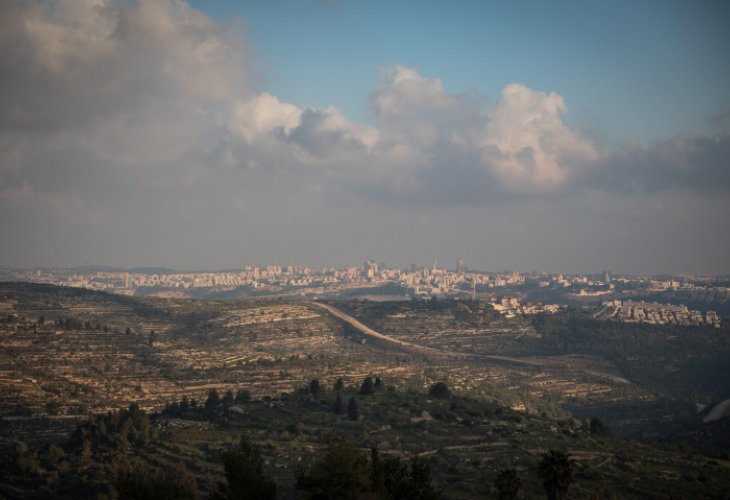Torah Personalities
They Wept for Zion: Stories of Sorrow, Faith, and Longing for the Temple
From worn garments to silent tears, these Jerusalem rabbinic figures lived with heartbreak over the destruction and carried hope for its rebuilding
 (Photo: Hadas Parush / Flash90)
(Photo: Hadas Parush / Flash90)Crying Over Stones: Grief That Shaped a Generation
During the "Three Weeks" of mourning between the 17th day of the Jewish month of Tammuz and the 9th day of Av, stories of past generations remind us that yearning for the Temple was not only a part of Jewish memory. It is also a living, breathing reality.
Rabbi Zundel of Salant was once seen walking alone in the Jerusalem hills, sobbing over their desolation. On another occasion, he was found late at night immersed in learning Masechet Middot, a tractate of Mishnah that describes the layout of the Temple, as his eyes dripped rivers of tears. The pain of exile was not theoretical to him. It was deeply personal.
So too with the Aderet, Rabbi Eliyahu David Rabinowitz-Teomim. When he arrived in Jerusalem, city leaders honored him with a home overlooking the Kotel and the Temple Mount. He remained silent for years, until one day he finally opened up:
“You intended to honor me with beauty and joy, but every time I looked out the window, I saw the destroyed Temple, and my heart broke anew.”
Sacred Trembling and Visible Mourning
One of the great rabbis of Jerusalem once received a new book filled with insights on Masechet Zevachim, the tractate about Temple sacrifices. He was astonished:
“How can a Jew write a book on Zevachim in such calm? When I recite ‘Eizehu Mekoman shel Zevachim’ each morning, my insides turn over from grief!”
This was not hyperbole. For many of these great rabbis, the destruction was a wound that never healed.
During the War of Independence, when Jews were expelled from the Old City, Rav Yechiel Michel Tucazinsky met the kabbalist Rav Yitzchak Alfiya. Their conversation naturally turned to the destruction and exile. Suddenly, both began to cry. Rav Tucazinsky's son asked what triggered the tears. His father replied:
“Jerusalem below mirrors Jerusalem above. When we were exiled from the lower Jerusalem, we were also exiled from the heavenly one.”
Mourning in Fabric and Spirit
In Jerusalem, mourning for the destruction was woven—literally—into people’s clothing. There was a custom: worn-out or damaged garments weren’t thrown away. Instead, they were set aside for use during the Nine Days, the first nine days of the Jewish month of Av, which is the darkest period of Jewish mourning for the Temple.
Rav Naftali Tzvi Porush, a respected community member, would walk through Jerusalem during the Three Weeks wearing a long black coat with a giant patch on the back, a visible “sign of mourning.” Another man, who accidentally burned his hat with a cigarette, decided it was no longer fitting for Shabbat wear. Instead of discarding it, he used it during the "Three Weeks," a personal symbol of loss and exile.
These stories are not just nostalgic vignettes; they are calls to the heart. In a world of distractions, they remind us to feel the pain of exile and long for the presence of God to return to Zion.

